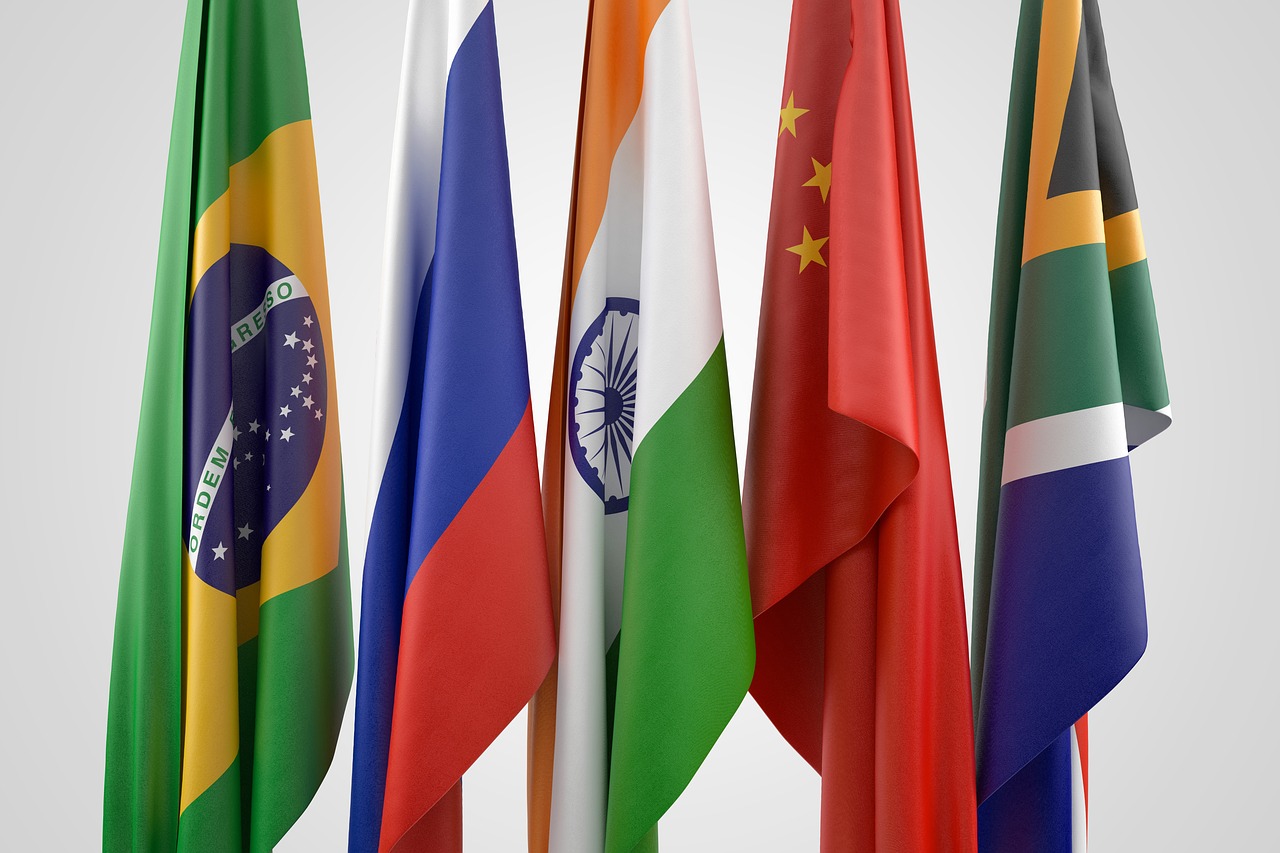
403
Sorry!!
Error! We're sorry, but the page you were looking for doesn't exist.
Report states that BRICS intends on outpacing G7 in global shipments share
(MENAFN) A recent report from Ernst and Young India suggests that the BRICS group—comprising Brazil, Russia, India, China, and South Africa—could potentially overtake the G7 countries in global merchandise export share by 2026. This projection marks a significant shift in the dynamics of international trade.
According to the findings published on Wednesday, the combined share of global merchandise exports for BRICS nations increased dramatically from 10.7 percent in 2000 to 23.3 percent in 2022. In stark contrast, the G7's share has seen a notable decline, dropping from 45.1 percent to 28.9 percent over the same period. Meanwhile, the share of the remaining countries in global merchandise exports has risen slightly, from 44.2 percent to 47.9 percent.
The report further delves into the sectors where BRICS excels, revealing that textiles accounted for the highest share of their global exports in 2022 at 49.6 percent. This was followed by telecommunications equipment at 41.3 percent, clothing at 36 percent, electronic data processing and office equipment at 35.7 percent, and fuels at 30.3 percent. Notably, there has been a remarkable increase in high technology exports from BRICS nations, which surged from a mere 5.0 percent in 2000 to 32.8 percent in 2022. This category includes critical products such as electronic data processing and office equipment, telecommunications gear, and integrated circuits, indicating a shift towards more technology-intensive offerings within the group.
In terms of imports, the report highlights that the aggregate share of commodities imported by BRICS nations is lower than their export share, positioning the BRICS group as a net exporter to the global market.
Ernst and Young emphasized the growing importance of the BRICS+ coalition, which includes the original BRICS members plus additional emerging economies, in the context of the global economy. The report states that the significance of this group has progressively increased concerning economic size and shares in global exports and imports.
The BRICS+ coalition is expected to play a dual role in the future, both competing with and cooperating alongside the G7 in shaping world economic and trade policies. This evolving landscape indicates a potential shift in power dynamics in international trade, as BRICS nations enhance their global presence and influence. As they continue to expand their market shares and technological capabilities, the world will be closely watching how these changes unfold and impact global trade relations.
According to the findings published on Wednesday, the combined share of global merchandise exports for BRICS nations increased dramatically from 10.7 percent in 2000 to 23.3 percent in 2022. In stark contrast, the G7's share has seen a notable decline, dropping from 45.1 percent to 28.9 percent over the same period. Meanwhile, the share of the remaining countries in global merchandise exports has risen slightly, from 44.2 percent to 47.9 percent.
The report further delves into the sectors where BRICS excels, revealing that textiles accounted for the highest share of their global exports in 2022 at 49.6 percent. This was followed by telecommunications equipment at 41.3 percent, clothing at 36 percent, electronic data processing and office equipment at 35.7 percent, and fuels at 30.3 percent. Notably, there has been a remarkable increase in high technology exports from BRICS nations, which surged from a mere 5.0 percent in 2000 to 32.8 percent in 2022. This category includes critical products such as electronic data processing and office equipment, telecommunications gear, and integrated circuits, indicating a shift towards more technology-intensive offerings within the group.
In terms of imports, the report highlights that the aggregate share of commodities imported by BRICS nations is lower than their export share, positioning the BRICS group as a net exporter to the global market.
Ernst and Young emphasized the growing importance of the BRICS+ coalition, which includes the original BRICS members plus additional emerging economies, in the context of the global economy. The report states that the significance of this group has progressively increased concerning economic size and shares in global exports and imports.
The BRICS+ coalition is expected to play a dual role in the future, both competing with and cooperating alongside the G7 in shaping world economic and trade policies. This evolving landscape indicates a potential shift in power dynamics in international trade, as BRICS nations enhance their global presence and influence. As they continue to expand their market shares and technological capabilities, the world will be closely watching how these changes unfold and impact global trade relations.

Legal Disclaimer:
MENAFN provides the
information “as is” without warranty of any kind. We do not accept
any responsibility or liability for the accuracy, content, images,
videos, licenses, completeness, legality, or reliability of the information
contained in this article. If you have any complaints or copyright
issues related to this article, kindly contact the provider above.


















Comments
No comment